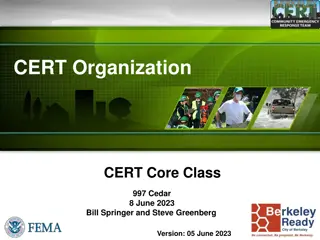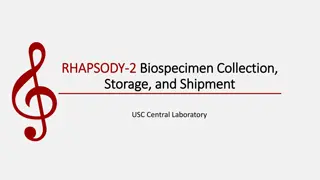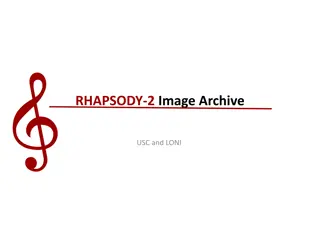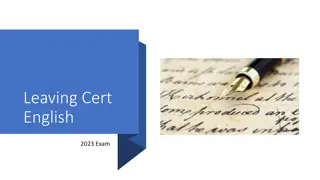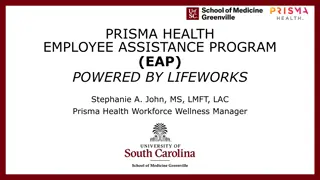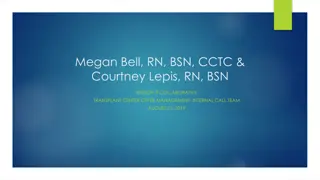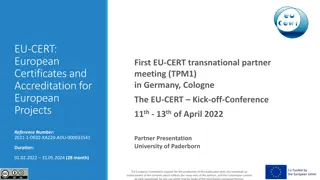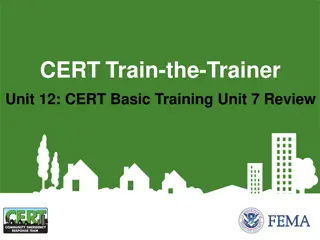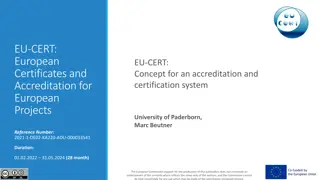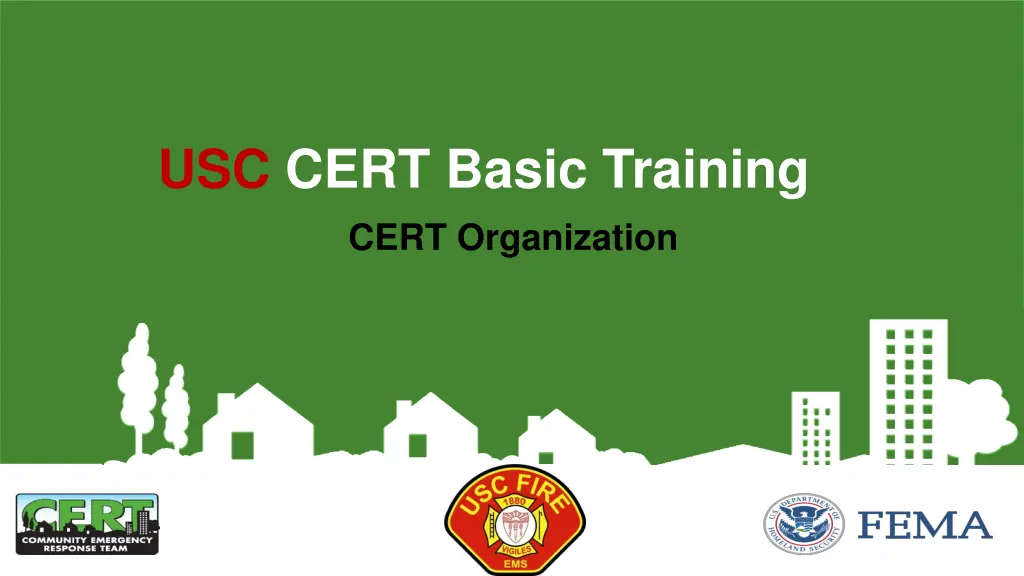
Effective CERT On-Scene Management Principles and Objectives
Learn about the principles and objectives of on-scene management in the context of CERT operations. Understand the organizational structure, communication strategies, and safety measures essential for effective incident management. Gain insights into the Incident Command System (ICS) and how CERT operates within this framework. Explore the key roles and responsibilities of CERT members, focusing on maintaining safety, providing clear leadership, and improving rescue efforts.
Download Presentation

Please find below an Image/Link to download the presentation.
The content on the website is provided AS IS for your information and personal use only. It may not be sold, licensed, or shared on other websites without obtaining consent from the author. If you encounter any issues during the download, it is possible that the publisher has removed the file from their server.
You are allowed to download the files provided on this website for personal or commercial use, subject to the condition that they are used lawfully. All files are the property of their respective owners.
The content on the website is provided AS IS for your information and personal use only. It may not be sold, licensed, or shared on other websites without obtaining consent from the author.
E N D
Presentation Transcript
USC CERT Basic Training CERT Organization
Setting the Stage CERTs are able to: Assist emergency services personnel when requested in accordance with standard operating procedures (SOPs) developed by the sponsoring agency and by area of training Assume some of the same functions as emergency services personnel following a disaster Prepare families and communities prior to emergencies and assist neighbors during an emergency when first responders are not immediately available
Course Preview Unit 1: CERT Organization Unit 2: Fire Safety and Utility Controls Unit 3: Disaster Medical Operations, Part 1 Unit 4: Disaster Medical Operations, Part 2 Unit 5: Light Search and Rescue Operations Unit 6: Disaster Psychology Unit 7: Disaster Preparedness
Unit 2 Objectives Describe the CERT organizational structure Explain the Incident Command System (ICS) and how CERT operates within this structure Describe the 9-step one-scene size-up process Describe how to use CERT standard documents
Principles of On-Scene Management Maintain the safety of CERT workers Provide clear leadership and organizational structure Improve effectiveness of rescue efforts
CERT On-Scene Management Well-defined management structure Manageable span of control Common terminology Effective communication Consolidated action plans Comprehensive resource management Accountability
Objectives for On-Scene Management Identify scope of incident Determine overall strategy Deploy resources Document actions and results
Incident Command System Non-CERT roles Public Information Officer Liaison Officer Safety Officer Environmental Health & Safety
CERT Operations Command structure CERT Team Leader (TL) Command Post (with DPS) Expanded structure as needed
Dealing with the Media Refer media inquiries to DPS Incident Commander Do not let media inhibit CERT goals Be careful about information released
NIMS Implementation Ability to work together IS-100: Introduction to ICS https://emilms.fema.gov/IS100 c/curriculum/1.html IS-700: Introduction to NIMS https://emilms.fema.gov/IS700 b/curriculum/1.html
CERT Mobilization CERTs take care of themselves, their families, their homes, their neighbors CERT will receive a TrojansAlert Callout Report to predesignated staging area: UPC: Pardee Plaza (Trousdale & Exposition) HSC: CHP Parking Lot TL is established, organizes the group TL prioritizes actions (with DPS) Organization is flexible and evolves based on new information
On-Scene Size-up 1. Gather Facts 2. Assess and Communicate Damage 3. Consider Probabilities 4. Assess Your Own Situation 5. Establish Priorities 6. Make Decisions 7. Develop Plan of Action 8. Take Action 9. Evaluate Progress
Documentation Command Post Documents situation status Sign in/out Incident locations Access routes Identified hazards Support locations Section Chiefs Provide Command Post with information
Personal Protective Equipment Helmet/Head lamp Goggles N95 Mask Gloves (work and non-latex) Flashlight Knee pads First Aid Supplies Triage tags Sturdy shoes or work boots
Know Your Role Be confident in your role If you are not comfortable with your role talk to the Team Leader and get reassigned! Safety first


